Why Indoor Air Gets More Toxic in Fall & Winter (and How to Avoid It)
Date Published: 10/5/2025
As the weather cools and we close our windows, indoor air can become 2–5× more polluted than outside. From heating systems and synthetic candles to dry air and trapped dust, here’s how to purify your space naturally and keep your home healthy through fall and winter.

This post contains affiliate links. If you click and purchase, I may earn a small commission at no extra cost to you. Read my full disclosure here. Learn more
Cozy Season’s Hidden Downside
As the year draws closer to winter and the days become shorter, it’s time to close the windows, light a candle, turn on the heat, and settle in for some quality time indoors. While all of this feels comforting, there is a hidden downside: indoor air becomes more toxic in the colder months.
Without enough ventilation, everyday particles and gases begin to accumulate, including:
- dust (allergens, skin flakes, microplastics)
- cooking fumes (smoke, grease, fine particles)
- volatile organic compounds (VOCs) from cleaning supplies, paints, flooring, furniture, and some textiles
- moisture buildup leading to mold growth
Without a steady exchange of fresh air, these linger in the air causing air quality to decline.
Heating Systems
If your HVAC system or furnace hasn’t had its filter changed recently, it may be circulating allergens, pet dander, dust mites, and spores through your vents. Old filters are less efficient and can make indoor air quality worse.
When dust builds up on the filter, it creates a thick barrier in which air cannot flow easily through the system. The whole HVAC system must work harder to push air through, which increases your utility bills.
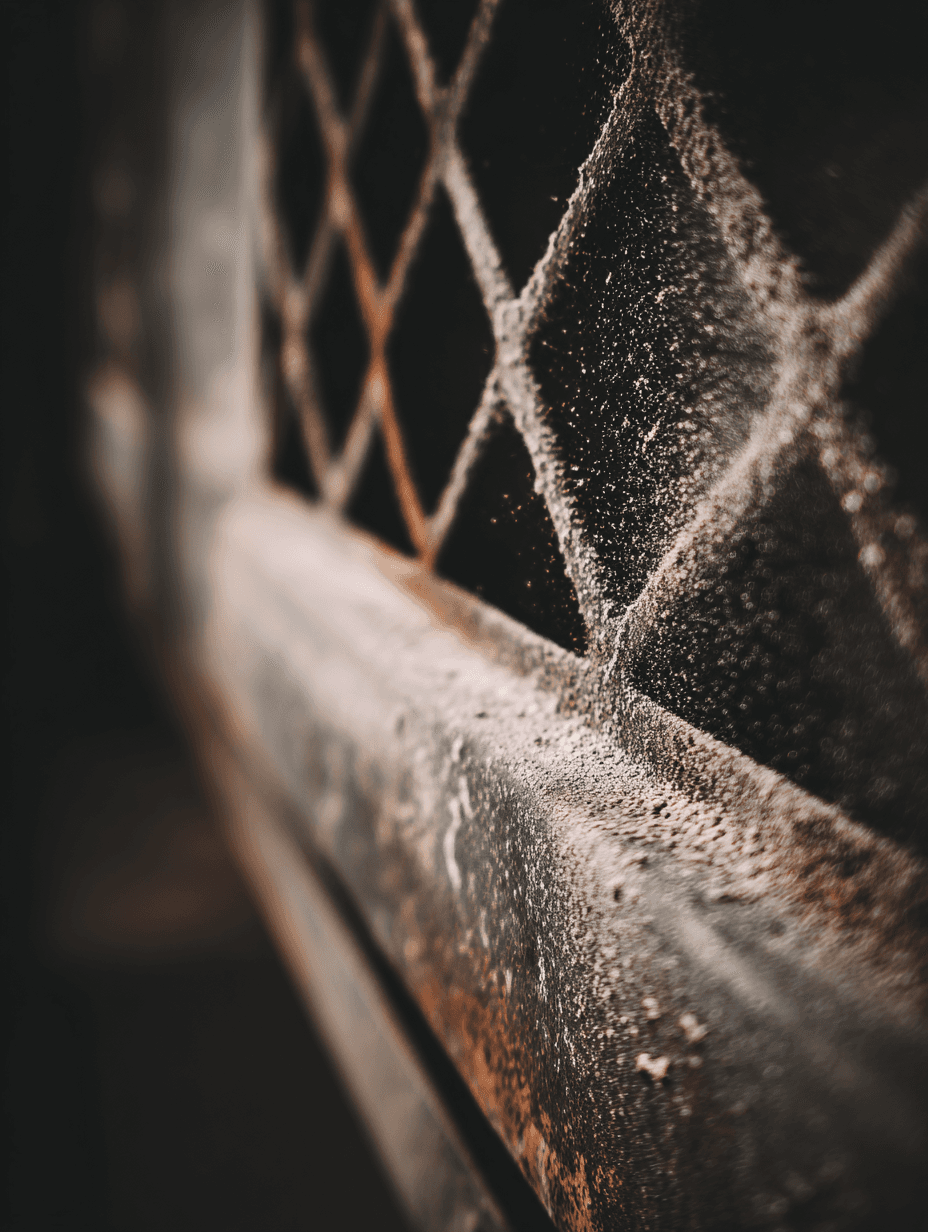
A build up of dust prevents air filters from working at peak efficiency
Clogged air filters can cause headaches, itchy eyes, allergies, and dizziness. Long term effects include respiratory diseases, heart disease or cancer.
Tip: Change your HVAC and furnace filters every 2-3 months. Look for filters with MERV11-13 or HEPA certification.
Impacts of Stale Indoor Air
Poor indoor air doesn’t just affect comfort - it impacts your health and focus too.
- Short term effects: headaches, fatigue, congestion, dry skin, itchy eyes
- Long term effects: worsening allergies, disrupted sleep, and hormone imbalance
Children, pets, and those with respiratory illnesses are most vulnerable to stale and polluted air.
Upgrade with a HEPA Air Purifier
Adding a HEPA-grade air purifier to your bedroom and main living spaces can dramatically improve air quality by capturing fine particles that filters miss.
We recommend Coway's Airmega, which blends into the room like a piece of trendy furniture. It looks modern, compact, and is easy to clean. The Airmega not one of those big, noisy tower purifiers; it looks more like a cute little device sitting in the corner. It runs very quiet and is perfect for light sleepers.
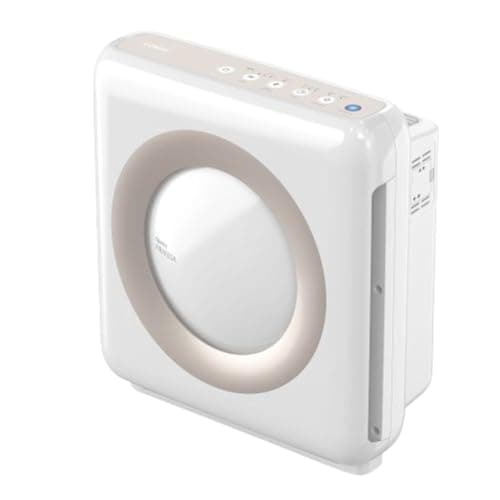
Coway Airmega AP-1512HH(W) True HEPA Purifier with Air Quality Monitoring, Auto, Timer, Filter Indicator, and Eco Mode, 16.8 x 18.3 x 9.7, White
Balancing Humidity
Too much moisture from showering, cooking, or lack of ventilation can lead to mold and mildew buildup. On the other hand, dry winter air can irritate the nose and throat, and may lower our immunity to certain illnesses. It’s recommended to keep indoor humidity at 40-60% to help support your skin barrier while keeping mold at bay - the key is to maintain balance.
A great humidifier can make a big difference in the air and our skin. Many of them double as essential oil diffusers (though not all, so check with the product before using essential oils). Keep them clean and away from electronics to prevent mold buildup.
The Science Behind Skin & Humidity
Low humidity environments can damage the stratum corneum, the outermost layer of the skin that's responsible for locking in moisture.

Skin thrives in balance: too little humidity, and fine lines deepen. Hydrate your air, and your skin follows.
Maintaining indoor humidity doesn’t just benefit your lungs, it also supports skin barrier function and elasticity. Studies published in the Journal of the European Academy of Dermatology and Venereology found that skin exposed to low humidity (levels under 30%) showed higher trans epidermal water loss, increased irritation, redness, and reduced elasticity and hydration.
When air is too dry, the skin loses moisture, which can cause fine lines and wrinkles to appear more pronounced. Consistently dehydrated skin weakens the lipid layer that protects against inflammation, which accelerates visible aging.
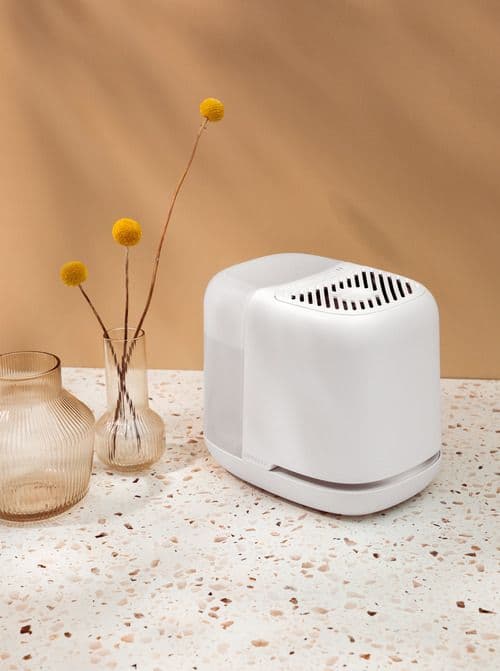
Canopy's Bedside Humidifier 2.0
Wake up glowing with the Canopy Bedside Humidifier 2.0. It's an esthetician-loved upgrade for cleaner air, hydrated skin, and deeper sleep. This next-generation humidifier features mold-inhibiting technology and dishwasher-safe parts, making it the easiest way to maintain healthy humidity at home.
If you're looking for something more portable, Canopy's Portable Humidifier is great for travel, where it sits adorably on nightstands.
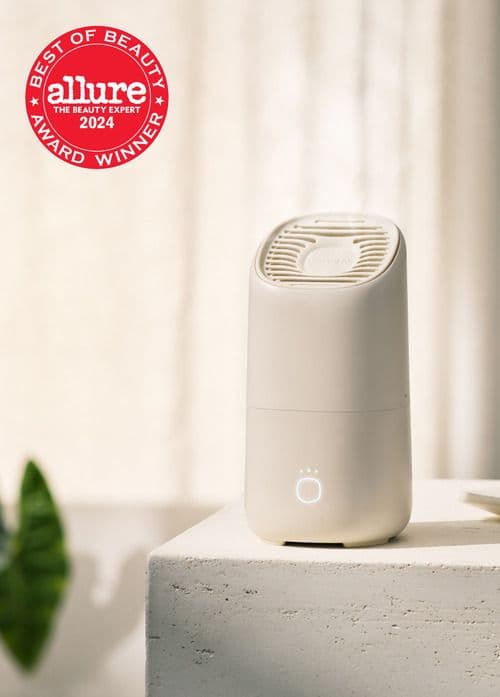
Canopy's Portable Humidifier
Bring balanced humidity wherever life takes you. This portable humidifier uses hybrid humidification to deliver clean, filtered moisture on the good. No mist or mold. TSA approved and dishwasher safe, it's easy to use while traveling.
Humidifiers aren’t just for comfort. They are a part of a healthy, glowing skin routine. Balanced air strengthens the skin barrier, reduces dryness, keeps the respiratory system clear, and can help diminish fine lines over time. A well humidified home supports the lungs and your complexion, which allows you to breathe and glow all winter long.
Candles & Synthetic Scents
Candles, fabric sprays, and synthetic air fresheners make your home smell cozy, but they release VOCs and phthalates into the air.
VOCs are gases released from certain solids or liquids that can irritate our respiratory system and could potentially lead to long-term respiratory problems.
Phthalates are chemicals used to make scents last longer. Studies have shown them to disrupt hormones. The endocrine system is one of the major systems of our bodies. It’s in charge of growth, metabolism, reproduction, sleep, immunity, and stress. Phthalates increase the production of hormones and inhibit the production of others by interfering with hormone signaling. A 2024 study published in the Journal of the National Cancer Institute [4] even linked phthalate exposure to osteosarcomas and lymphomas in children under the age of 19.
Phthalates can also be found in nail polishes, fragrances, kitchen plastics, paint, and air fresheners, so reducing your exposure across the board is one of the best things you can do for your health and hormones.
Natural Alternatives to Toxic Scents
You don’t have to give up scents. Instead of plug in fresheners or sprays, look for aromatherapy alternatives such as essential oil diffusers.
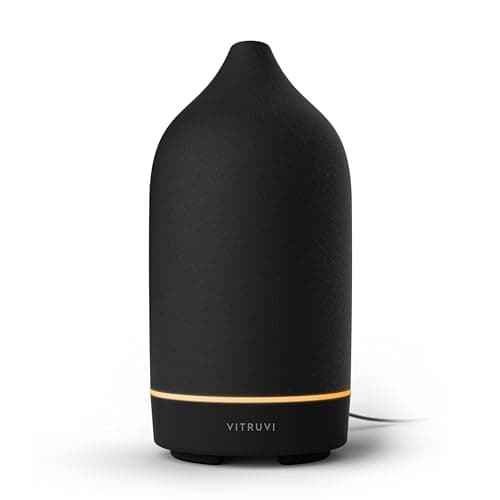
Vitruvi Stone Diffuser
The Vitruvi Stone Diffuser is made of ceramic and comes in four different colors. My green one looks great on the shelf, and it doubles as a minimalist decor piece.
Simmer pots are another cozy and cheap way to freshen up your home naturally. Simply add some ingredients to a small pot of simmering water, let it steam, and enjoy! Try these blends:
- Apple slices + cinnamon sticks + cloves (my personal fall favorite)
- Lemon + rosemary + vanilla bean
- Orange peel + nutmeg + cranberries
- Lavender + chamomile + mint
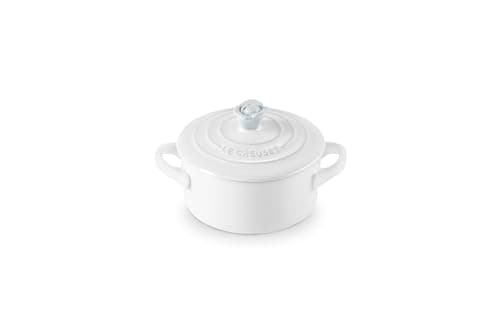
Le Creuset Stoneware Mini Round Cocotte
Le Creuset's mini round cocotte is not only adorable, but it doubles as a simmer pot. It’s made from natural stoneware clay and finished with a lead-free glaze that contains no PFAs, PFOAs, or nonstick coatings. I use mine to gently simmer herbs on the stovetop. It’s durable and nontoxic - exactly the kind of “buy it for life” pieces I love.
Why Most Candles Pollute Indoor Air
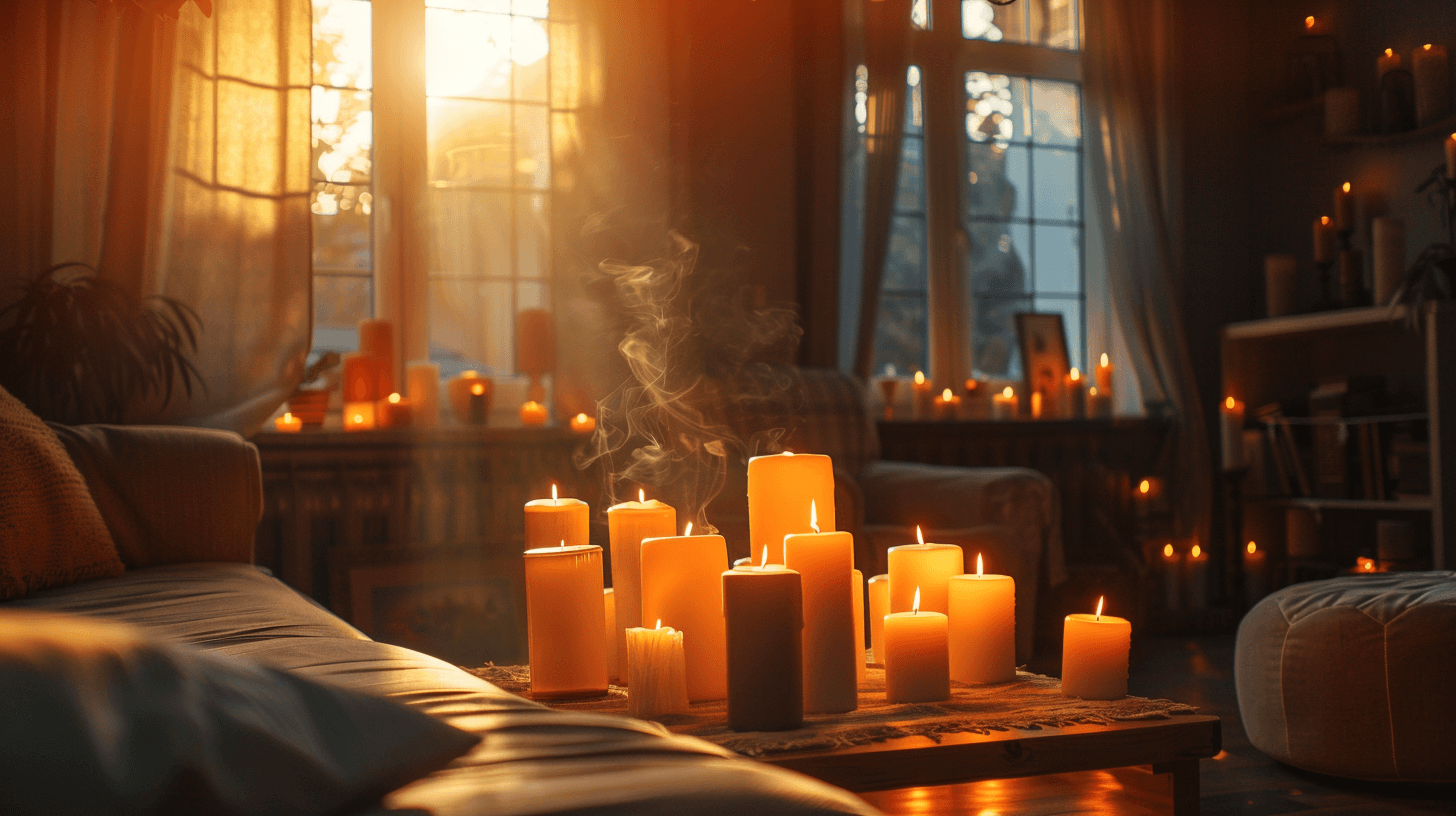
Candlelight can really set the mood, but not all candles are created equal. Many release hidden toxins into your air. Choose cleaner burns with beeswax or coconut wax instead.
I love candles, and I love seeing the creativity of scents and labels in candle shops. There’s just something about the golden hues that dance across the room in random patterns that string fairy lights can’t replicate. But most candles are made with paraffin wax, a petroleum byproduct that emits VOCs (like benzene, formaldehyde, and toluene) when burned.
Clean Candle Alternatives
Candles made with beeswax or coconut wax are better for our bodies.
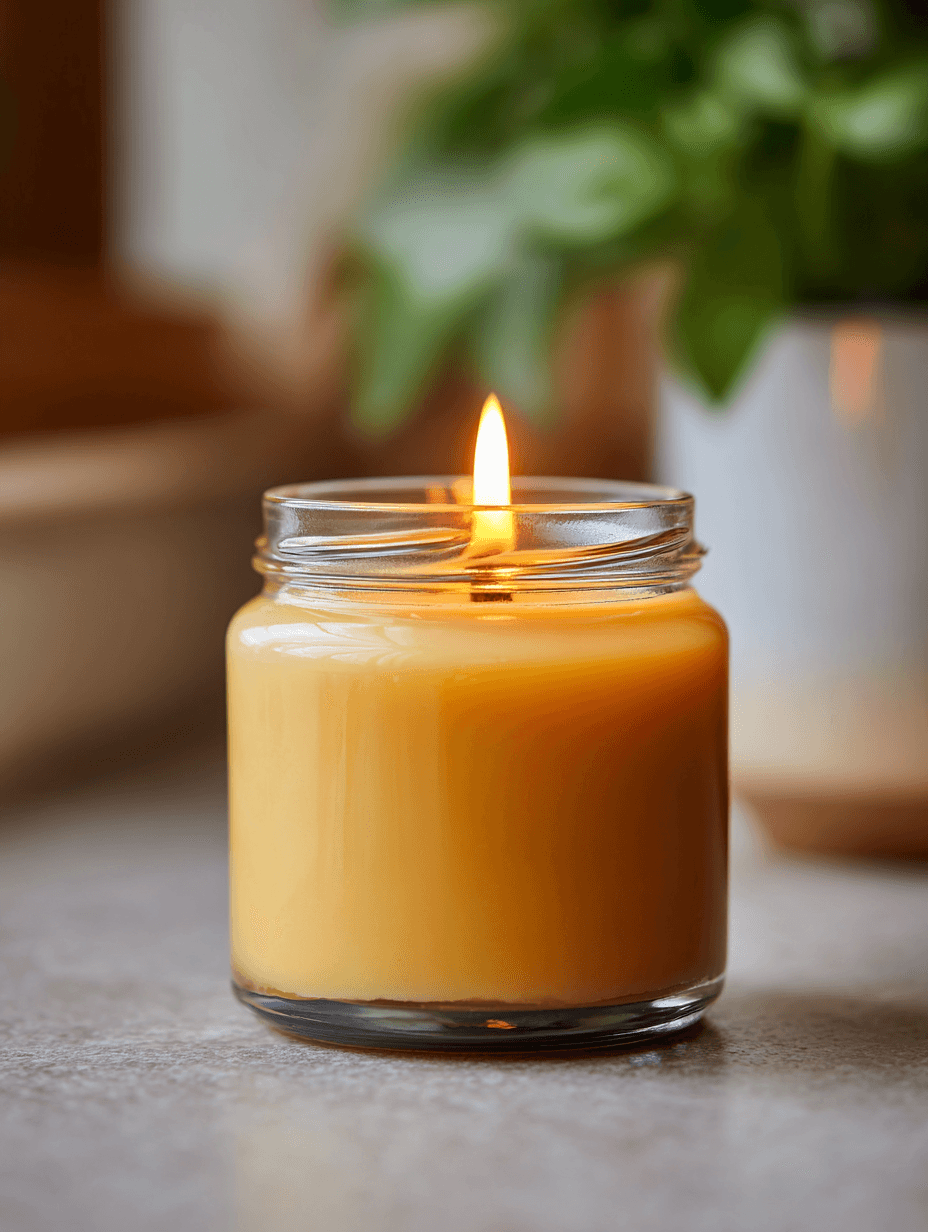
Choosing a healthy candle is simpler than you think.
- Beeswax is considered the cleanest burning wax. It produces less soot than other candles, and is biodegradable and burns very slow. Beeswax is a byproduct of healthy beekeeping, and it's a bonus that I’m supporting something so great for our ecosystems.
- Coconut wax is known for its burn quality and scents, but is a softer wax. Products containing both beeswax and coconut wax aim to capture these two strengths.
When shopping for candles, choose labels that say:
- “no paraffin”
- “no synthetic additives”
- “No dyes”
- Cotton or wood wicks
My non-toxic candle favorites
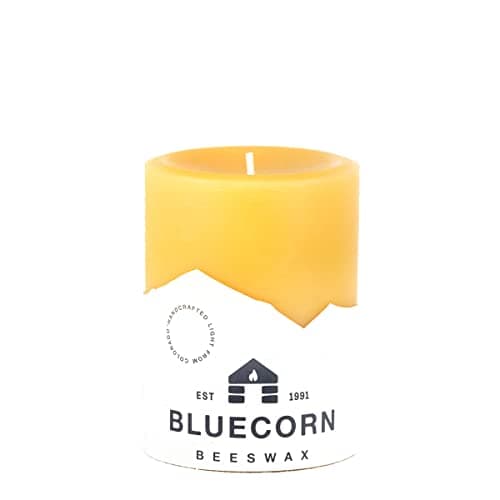
Bluecorn Beeswax 100% Pure Beeswax Pillar Candles
Bluecorns makes a great basic, unscented 100% beeswax candle burns clean and is unscented. Perfect for readers who love non-toxic lighting.

Fontana Candle Co Wood Wick Beeswax Jar Candle
Fontana Candle offers a variety of scents for nontoxic candles. They are Made Safe certified and use beeswax and essential oils for a lighter scent.
You don’t have to give up candles to create a healthy home. Swapping synthetic products for natural alternatives such as diffusers, simmer pots, and beeswax candles can drastically reduce your exposure to VOCs and hormone-disrupting chemicals.
Add Some Plants
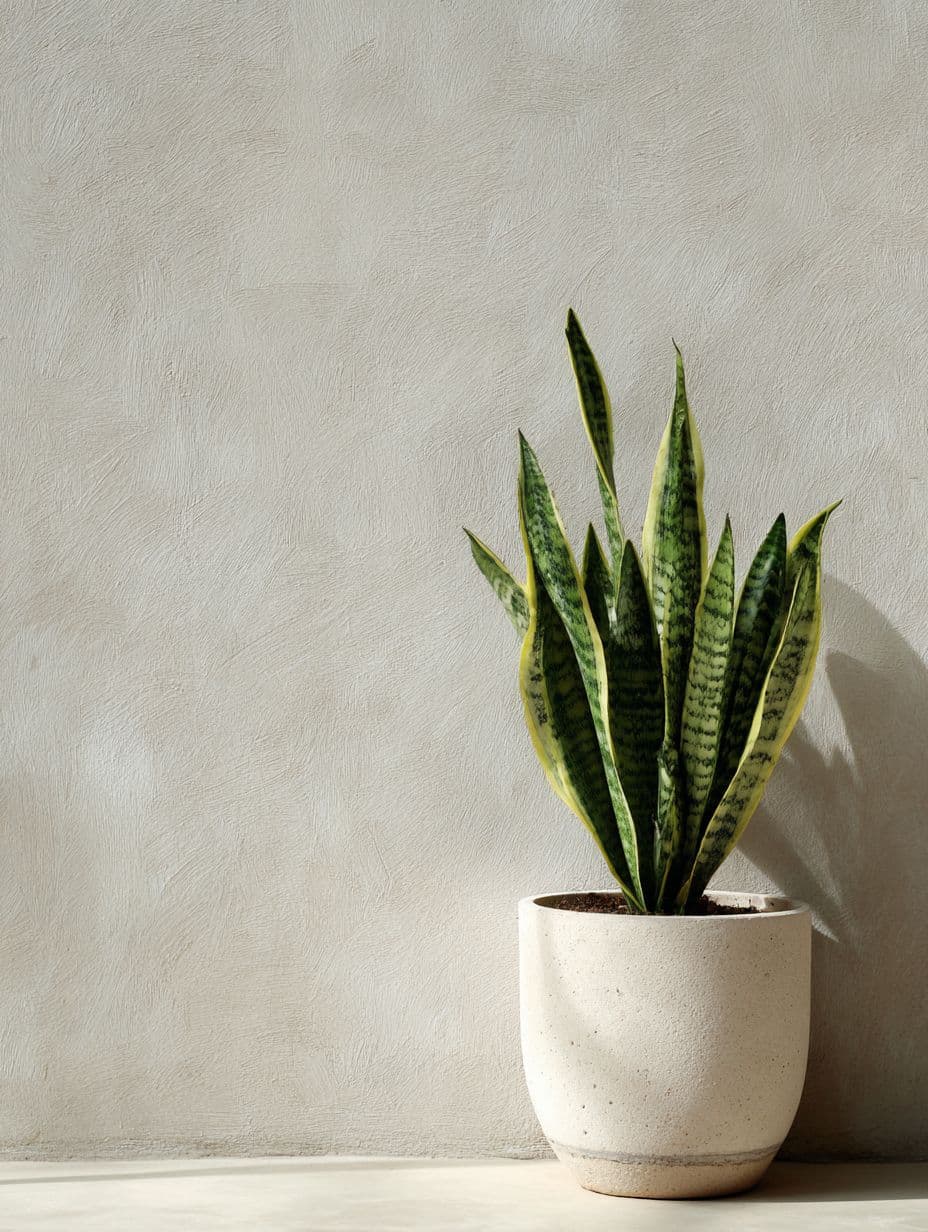
Bring a splash of life and color into your space with a few houseplants.
Bringing some greenery indoors can brighten up your space and help you breathe easier. Houseplants release oxygen and can give a small boost to indoor air freshness. Low maintenance plants such as spider plants, peace lilies, and snake plants can thrive indoors and tolerate lower light conditions.
Besides air quality, studies show indoor plants can greatly reduce stress and support mental health - a perfect antidote for the winter blues. One study showed surgery patients with plants in their hospital rooms reported lower blood pressure, stress levels, and enjoyed a quicker recovery. Another study shows that workers with indoor plants experienced lower tension and anxiety, while feeling more focused and comfortable.
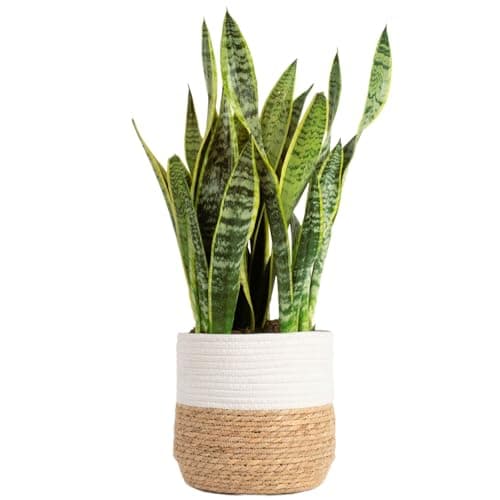
Costa Farms Live Snake Plant
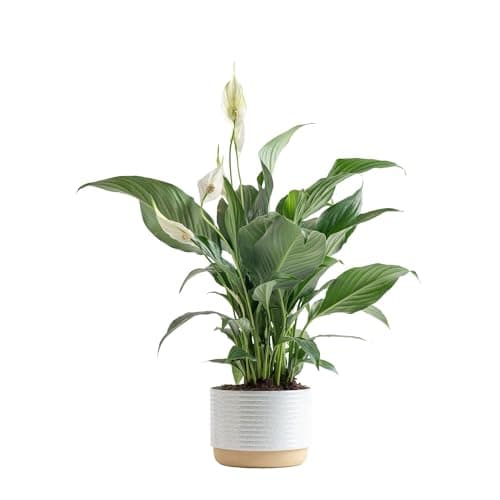
Costa Farms Peace Lily, Live Indoor Plant with Flowers
Dear readers, remember small changes can make a big difference - for your lungs, your home, and the planet. With cleaner air, balanced humidity, and a few pops of green, your home becomes a space that nourishes your body and mind. Here’s to conscious and cozy living!
Sources
- Introduction to Indoor Air Quality | US EPA
- The Major Consequences of Not Changing Your Air Filter | HVAC.com
- The effect of environmental humidity and temperature on skin barrier function and dermatitis
- A study of the behavior and mechanism of thermal conduction in the skin under moist and dry heat conditions
- Humidifiers and Health
- What are phthalates? | Environmental Working Group.
- Medication–Associated Phthalate Exposure and Childhood Cancer Incidence | JNCI: Journal of the National Cancer Institute | Oxford Academic
- Are Candles Bad For You? Myths, Science, and More
- Effects of Flowering and Foliage Plants in Hospital Rooms on Patients Recovering from Abdominal Surgery in: HortTechnology Volume 18
- Interior Plants May Improve Worker Productivity and Reduce Stress in a Windowless Environment in
Tags: pollution, home, candles, humidity, non-toxic
Canonical: https://www.thegoodstandard.org/blog/why-indoor-air-gets-more-toxic-in-fall-and-winter